MOUSE (INTRO)
By:
April 1, 2023
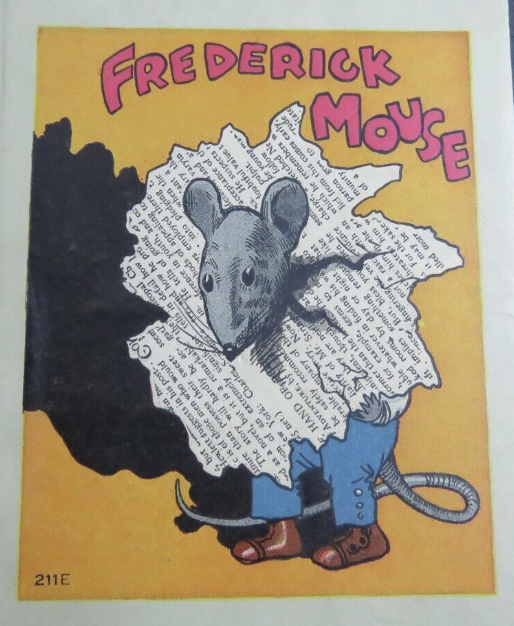
Introduction to MOUSE, a multi-part installment in the ongoing BESTIARY series.
During 2021–2022, I contributed three BESTIARY series installments, for each of which I conducted research into and offered a top-line analysis of 20th-century pop-culture depictions of a charismatic creature: OWL | BEAVER | FROG. I first developed this approach for an earlier series, TAKING THE MICKEY, which analyzes Mickey Mouse’s evolving significance. Via this new BESTIARY installment, I’ll “read” Mickey within the context of his fellow pop-culture mice.
This multipart BESTIARY series installment, collectively titled MOUSE, is divided up as follows: MOUSE (INTRO) | PRE-MICKEY MICE (1904–1913) | PRE-MICKEY MICE (1914–1923) | PRE-& POST-MICKEY MICE (1924–1933) | POST-MICKEY MICE (1934–1943) | POST-MICKEY MICE (1944–1953) | POST-MICKEY MICE (1954–1963) | POST-MICKEY MICE (1964–1973) | POST-MICKEY MICE (1974–1983) | POST-MICKEY MICE (1984–1993) | POST-MICKEY MICE (1994–2003).
A word or two, here, about the real-world mouse. It is an extraordinary creature: possessed of keen senses of hearing and smell; able to run at high speeds, climb vertical surfaces, stay afloat for up to three days, squeeze through spaces no larger than its own skull, and survive falls of ten feet or more; and capable not only of communicating with its fellows via ultrasonic sounds, but of expressing pleasure, disgust, fear, and other emotions via facial expressions. Supremely adaptable, the mouse is the most successful mammalian genus on the planet. Plus, it’s very cute.
OK, on to the twentieth-century American pop-culture mouse. During my preliminary research and analysis, I encountered the following tropes…
- Mouse as Abject Other. “Discourse,” Kristeva explains in her Powers of Horror: An Essay on Abjection (1980), “will seem tenable only if it ceaselessly confronts [its own] otherness, a burden both repellent and repelled… the abject.” The mouse is an easy target for this sort of depiction, since its sneaky, untidy presence in our homes creeps us out — and summons up in us a violent urge to expel the invader. E.T.A. Hoffmann’s 1816 story “The Nutcracker and the Mouse King,” for example, and the “Nutcracker” ballet adaptation, is very much about this syndrome. And of course, at the level of society, women, homosexuals, immigrants, members of ethnic and religious minorities, and others who are perceived as socially marginal, or refusing cultural assimilation, have long been regarded as troubling figures of abjection by fragile heterosexuals, men, Christians, and white ethno-nationalists.
- Mouse as Rebellious Scamp. Per Kristeva again, the abject is no respecter of borders or rules; it draws attention to the fragility of “the law” by disturbing identity, system, order. It breaks down boundaries, disobeys orders, defiles privileged spaces.
- Mouse as Intrepid Adventurer. The mouse — which finds its way into our homes from outside, after all — is an explorer, a treasure-hunter. Boldly going where no man has gone before.
- Mouse as Scrappy Survivor. A harmless little fellow hunted by deadly, cruel predators — cats, birds of prey, snakes, humans — all of which are larger and better-armed. Against all odds, the mouse survives and thrives. Aesop’s fable “The Cat and the Mice” describes a cat playing dead… but to no avail, as the mice are too canny to fall for it. I emphasize scrappy because it seems the mouse can only win as a guerrilla, via impromptu, capricious stunts and escapades. There’s a warning to this effect in Aesop’s “Belling the Cat” fable: The old mouse who scoffs “It is easy to propose impossible remedies” is a scrappy one. We also get warned about how a mouse should never trust a cat via the Brothers Grimm fairy tale “Cat and Mouse in Partnership” (it ends poorly). PS: I’d also argue that stories about mice furnishing their homes with stolen goods count as examples of this trope.
- Mouse as Resourceful Collaborator. Though small and seemingly weak and helpless, the mouse can add value to any enterprise if only given a chance. “Little friends may prove great friends”: This is one of the morals of “The Lion and the Mouse” — one of Aesop’s fables. (The other moral: Mercy brings its reward.) We also learn this lesson in some versions of the folktale “Cinderella,” and also — just before the 1904–1913 timeframe of this series’ first installment, in Beatrix Potter’s much-beloved story The Tailor of Gloucester (1902/1903).
- Mouse as Habitat Experimenter. For as long as political philosophers and others have debated the merits of urban life vs. rural life, the house mouse (whose sophisticated palate makes him spurn a meal of wheat stalks and cold water) and the field mouse (who decides “Better beans and bacon in peace than cakes and ale in fear”) have offered themselves as test subjects. NB: In Robert C. O’Brien’s 1971 sf children’s adventure Mrs. Frisby and the Rats of NIMH, there’s a timely debate about whether to start a back-to-the-land commune, or to continue living parasitically.

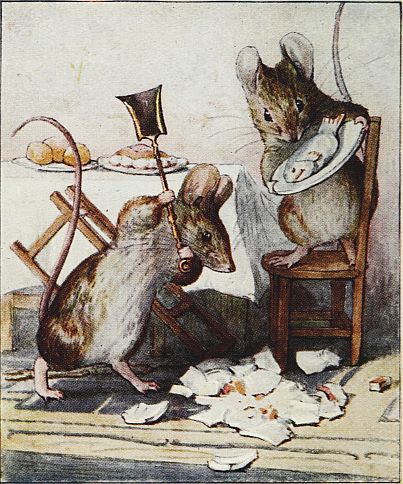
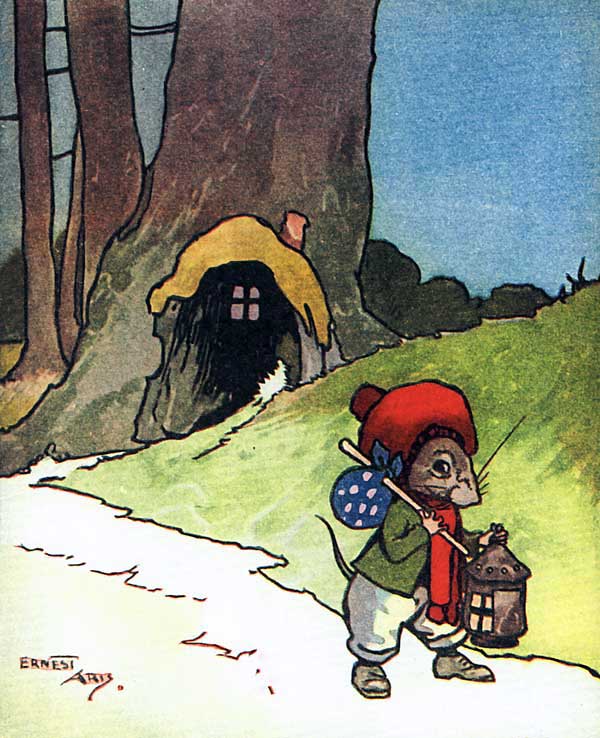
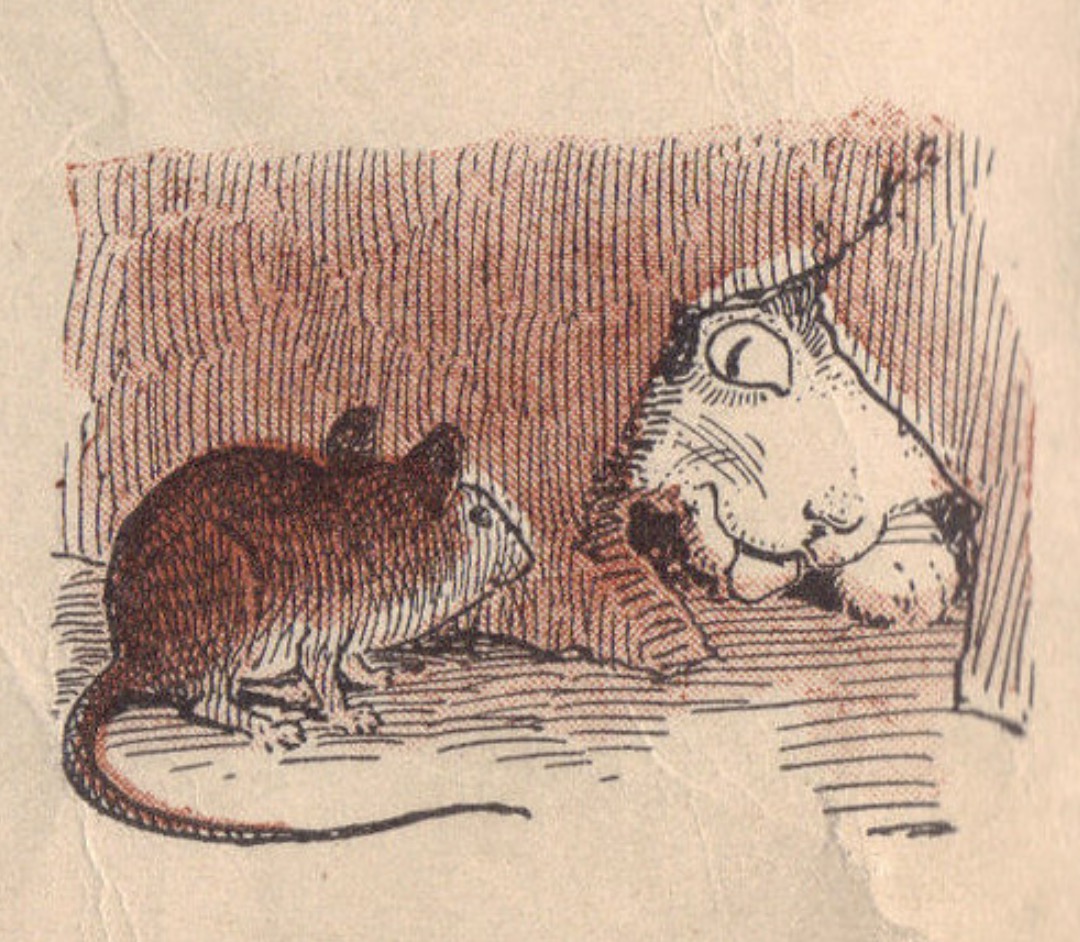
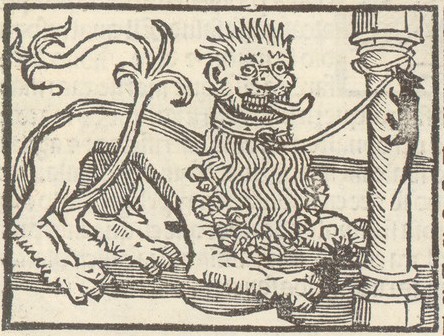
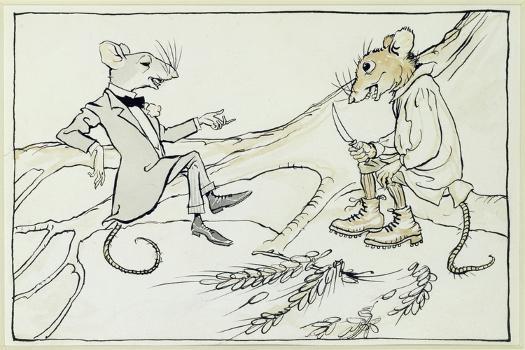
Both Mus musculus, the house mouse, and Apodemus, the field mouse, accompanied humankind from Asia to what is now these United States. Ever since humans developed agriculture and settled down, mice have shared our space. No wonder we’ve projected so many human-shaped meanings onto them.
We’ll employ these as a way to categorize the myriad pop-culture mice we’ll discover scurrying about in the series installments to come.
Hope you enjoy the BESTIARY series’ multi-part MOUSE installment!
INTRODUCTION by Matthew Battles: Animals come to us “as messengers and promises.” Of what? | Matthew Battles on RHINO: Today’s map of the rhinoceros is broken. | Josh Glenn on OWL: Why are we overawed by the owl? | Stephanie Burt on SEA ANEMONE: Unable to settle down more than once. | James Hannaham on CINDER WORM: They’re prey; that puts them on our side. | Matthew Battles on PENGUIN: They come from over the horizon. | Mandy Keifetz on FLEA: Nobler than highest of angels. | Adrienne Crew on GOAT: Is it any wonder that they’re G.O.A.T. ? | Lucy Sante on CAPYBARA: Let us gather under their banner. | Annie Nocenti on CROW: Mostly, they give me the side-eye. | Alix Lambert on ANIMAL: Spirit animal of a generation. | Jessamyn West on HYRAX: The original shoegaze mammal. | Josh Glenn on BEAVER: Busy as a beaver ~ Eager beaver ~ Beaver patrol. | Adam McGovern on FIREFLY: I would know it was my birthday / when…. | Heather Kapplow on SHREW: You cannot tame us. | Chris Spurgeon on ALBATROSS: No such thing as a lesser one. | Charlie Mitchell on JACKALOPE: This is no coney. | Vanessa Berry on PLATYPUS: Leathery bills leading the plunge. | Tom Nealon on PANDA: An icon’s inner carnivore reawakens. | Josh Glenn on FROG: Bumptious ~ Rapscallion ~ Free spirit ~ Palimpsest. | Josh Glenn on MOUSE.
